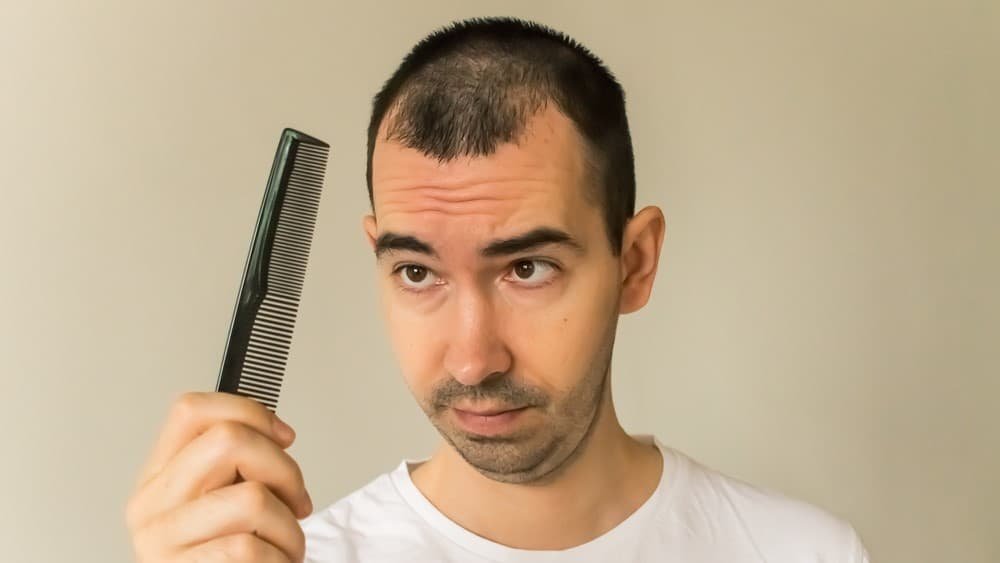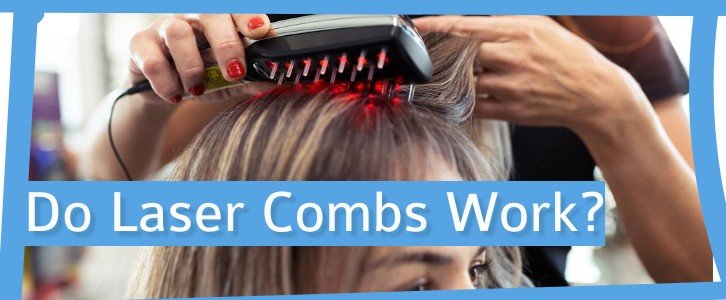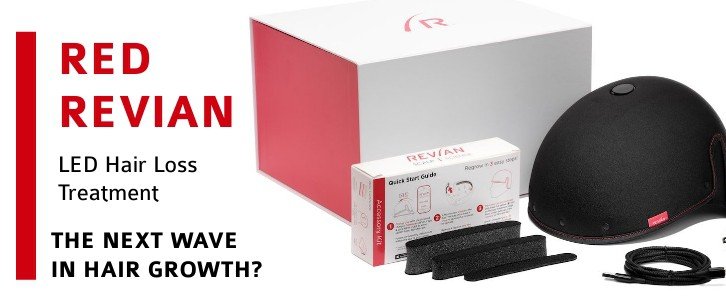You wanna know what happens when you stop using Rogaine? Check this out.
Rogaine has been an option for those suffering from hair loss or any type of alopecia for more than three decades. Probably millions of people have used this treatment over the years, so its positive effects have been proved repeatedly.
The active ingredient of Rogaine is Minoxidil. It helps you “regain” your hair if the cause of the hair loss is natural. It does not help if the condition is caused by another treatment, chemical, condition or if you experience major hair loss.
Although Rogaine has been proved to be effective, it has some side effects each patient should know about. These adverse effects vary depending on the person.
Please note that you will notice results after using Rogaine for about three and up to six months. However, it is recommended to use this treatment for at least a year before judging its effectiveness.
That being said, discontinuing the use of Rogaine can have adverse effects on the person. Today we’ll talk about what happens when you stop using Rogaine. If you have not started your treatment yet, or you’re already using it and considering stopping, this article is for you.
How Rogaine works
Rogaine is a medicine to treat hair loss in any person over the age of 18, although it works better for people dealing with thinning hair or the first stages of hair loss. If you have patchy hair or if the hair loss is caused by other medication or treatment, Rogaine will not be effective.
It’s usually recommended to use Rogaine twice a day. Although it is highly recommended to visit a physician before using it, you can acquire the product without a prescription. It is also quite affordable, and you will only experience the adverse effects in the areas where you applied it.
One of the main cons of this medicine is that it doesn’t work as effectively in people who have reached the later stages of hair loss or baldness. If that’s where you’re at, it would be best to consult with a professional to see which hair loss treatment is right for you.
Also, keep in mind that minoxidil is not a permanent solution to one’s hair loss problem. In fact, stopping the treatment with Rogaine may leave you with a worse result than you had before, so we advise reading carefully all the information you can find about Rogaine and think twice before using it. At least don’t solely rely on it to fix your problems.
What happens after you stop the use of Rogaine?
Even though minoxidil was approved by the FDA in 1987, it is still unknown how Minoxidil actually works.
Although a wide percentage of men show positive results, some adverse effects that people may experience are dry skin, dry scalp, itching, and irritation. Many people experience hair loss in the front and seeing their hairline receding, the product isn’t actually intended to be used in that area–instead, it is meant for the crown.
Similar to other hair loss drugs such as Finasteride, Minoxidil is also less effective for those who have already lost too much hair, as their hairs have already miniaturized.
The company says that once you stop applying this product, you will continue to lose hair, and you will lose all the progress you’ve gained within the next three or four months. If you go to Rogaine’s official page and read the FAQ section, you can find the answer to this question and more information about its side effects as well.
The first symptoms of hair loss will start showing a week after you’ve stopped using Rogaine. Therefore once you start treatment with this product, you should expect to use it indefinitely if you want to maintain the hair growth.
Who should use Rogaine?
It may sound ironic, but Rogaine is usually recommended this to people without severe androgenic alopecia (hair loss). So if you’re in the early stages of hair loss and if you don’t experience any side effects from the medicine, it might be just as effective as other hair loss treatments such as Finasteride (although technically they work in different ways–finasteride is a DHT blocker to prevent or slow down hair loss, whereas minoxidil is a hair growth stimulant which does not block DHT). Results may vary.
Multiple clinical studies have proved Rogaine to be effective for individuals with specific types of alopecia or baldness. And as stated, the treatment is only effective if the application is made continuous and uninterruptedly.
Male or female pattern baldness is very common, and it’s a genetic condition. This product works exceptionally well in the scalp’s vertex or at the back of the head, at least for men. For women, it works very well on the general thinning of the hair on the scalp’s top.
Regardless of the affected area, whether male or female, Rogaine was not meant to be used at the scalp’s front but might be just as effective on hair growth there.
If you’ve under the age of forty and are at the first stages of hair loss, you might experience a lot better results than someone older at a later stage of baldness. Please don’t think it will be a magical solution to your problem if you’re already bald. It probably won’t regrow all your hair.
Furthermore, Rogaine should not be used by individuals who meet the following conditions:
- You don’t experience frequent hair loss, and when it does, it falls in patches.
- There is no history of hair loss in your family.
- You’re experiencing itching, redness, or pain on the scalp (might consider changing brands or changing from liquid to foam)
- You’re losing hair as a side effect of a medication, treatment, chemical, or any underlying condition.
- A different condition is treating your hair loss, such as alopecia areata issues related to the thyroid. This category also includes malnutrition, scarring, and chemotherapy.
If you think you can control the side effects, you may be suitable for using Rogaine. Remember that it may cause hair to grow on the adjacent areas, and therefore, you must be especially careful when applying it to the affected areas. It’s not rare for individuals to experience hair growth in their foreheads after starting the treatment with Rogaine.
We’ve talked a lot about this medication’s side effects, which include irritation and itching, but please visit a physician if you have any more questions about how this treatment could affect you. This article is merely informative and should not replace the opinion of a physician.





